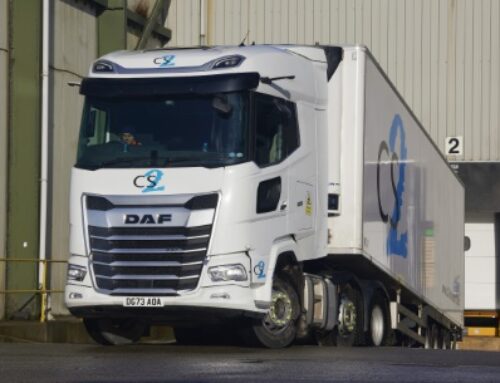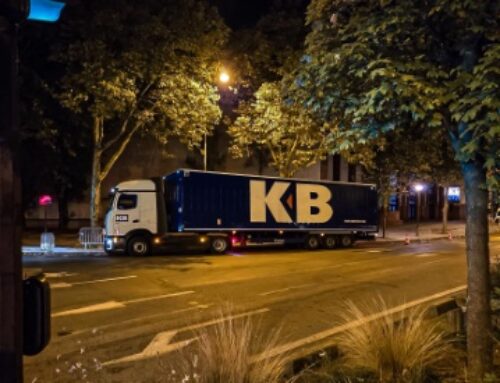London proposes to ban trucks without safety gear
The London Mayor, Transport for London and the London Councils are to join forces to impose new safety equipment rules on operators who send their trucks into the capital.
Although some details are unclear, the changes proposed under the banner of the Safer Lorry Scheme currently focus on two aspects of vehicle equipment – under-run guards and mirrors – and resemble a localised version of the Construction and Use (C&U) and Type Approval regulations.
The proposals would mean that every vehicle over 3.5 tonnes operating in the capital would need to be fitted with sideguards and proximity mirrors. The scheme would be enforced through CCTV monitoring and roadside inspections.
The measure is designed to reduce the number of cyclist casualties in the capital of which nine of the 16 fatalities in 2011 involved trucks, seven of them construction vehicles.
The requirements will be imposed by Traffic Regulation Order: a power originally given to local authorities to allow the creation of one-way systems and similar schemes – with TfL imposing them on the main roads that it controls in the capital, and the London boroughs on the rest.
The process of putting the ban in place will start at the March meeting of London Councils’ transport and environment committee on which every borough, the City of London Corporation and TfL sit.
Subject to regulatory procedures and consultation the process could be completed by September, but by the end of the year at the latest, according to the Mayor of London’s office.
Most construction vehicles, including tippers, are exempt from compulsory sideguards under C&U legislation, because these devices are easily damaged and impair mobility when working on-site. However, operators working on major projects such as Crossrail have been encouraged or made to fit them.
Sideguards on all vehicles in the 3.5–7.5-tonne segment, however, would represent a major change for many operators, and not just those in the construction sector.
The mirror requirements are rather more difficult to fathom. Since 2007 blind-spot mirrors have been compulsory on all trucks over 3.5 tonnes registered on or after 1 January 2000, and not many trucks older than this will venture into London because of the Low Emission Zone.
Christopher Snelling, head of urban logistics policy at the Freight Transport Association said: “These proposals will affect anything larger than a transit van and are not targeted, as we believe they should be, at construction traffic. This is the danger with politicians developing new standards without working with the industry. Safety on the roads is a complex issue and politicians often reach for the simplistic solution.”
The Road Haulage Association told Transport Operator it was waiting for more definite proposals from TfL before it could offer comment, while a Society of Motor Manufacturers and Traders spokesman said the SMMT had discussed the matter at TfL’s Cycling Safety Working Group. It pointed out that any proposed modifications had to be commercially viable and the issue of cycle safety could not be tackled by installing equipment alone, but needed to look at a variety of issues including infrastructure and cyclist training.












